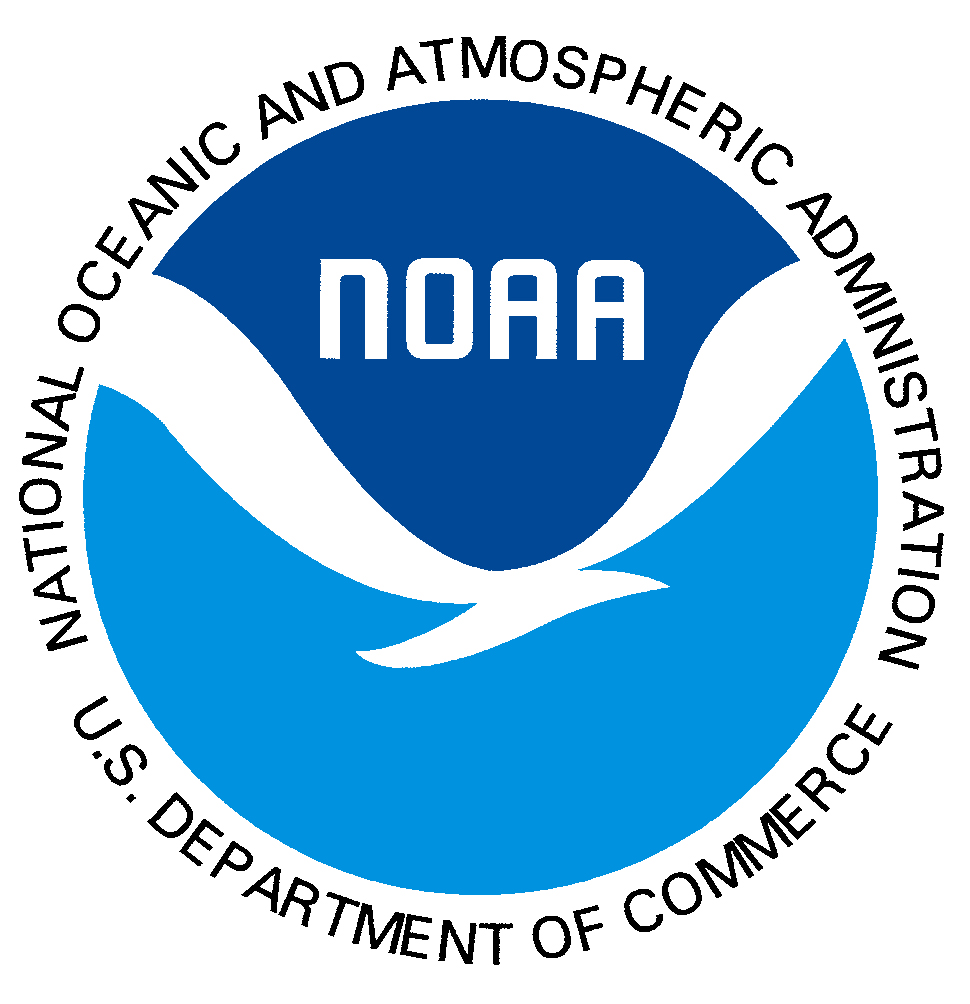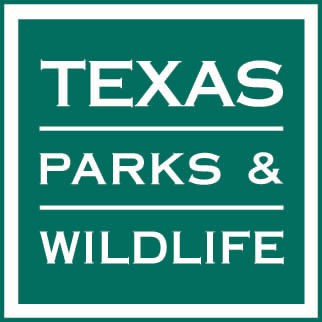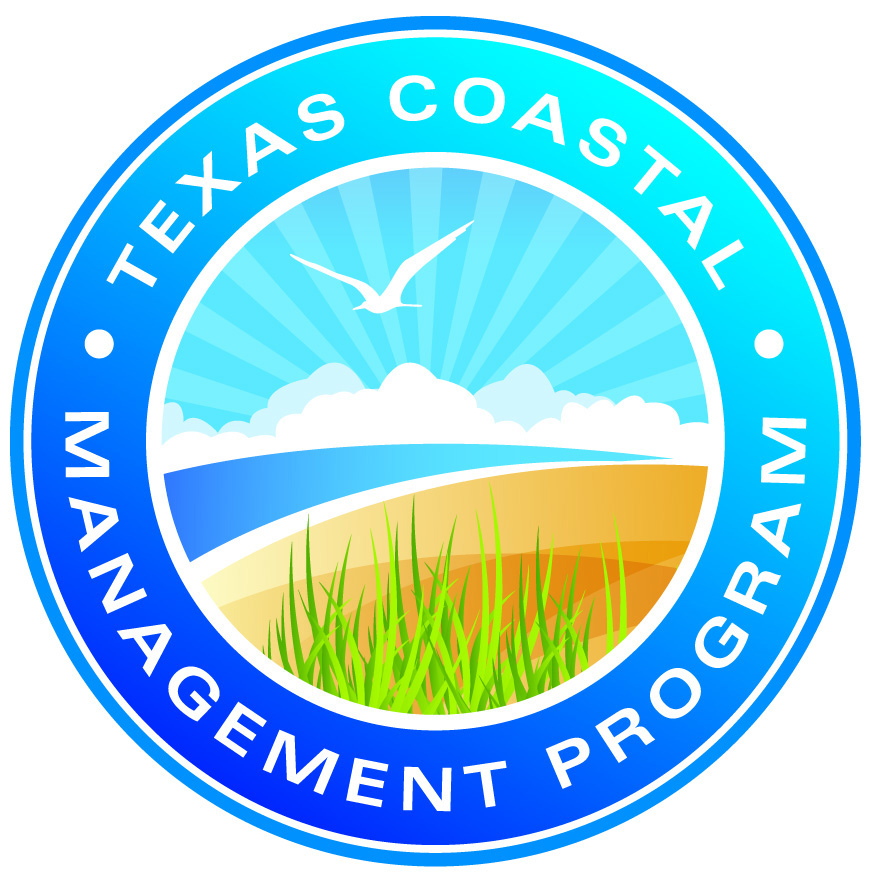The Artificial Reef Program, Coastal Fisheries Division, Texas Parks and Wildlife Department, has been awarded a grant through the Coastal Management Program.
Cycle 21 - Construction and Enhancement of Artificial Reefs in the Western Gulf of Mexico In September 2015, the Artificial Reef Program submitted a request for grant funding to the Texas General Land Office under the Coastal Management Program - Cycle 21. The proposal was to create low-relief and mid-relief patches of structures at the Rio Grande Valley Nearshore Reef Site. These structure patches would consist of pyramids and concrete blocks placed strategically within the deployment region. Texas Parks and Wildlife Department received notification in February 2016 and signed a working contract with the Texas General Land Office in December 2016. Federal monies could be passed through to the Texas General Land Office and released for our use by October 2017. The TPWD request for Bids for the construction and deployment of the reef materials was closed in July 2017. Deployment is expected to begin in early 2018.
Cycle 22 - Construction and Enhancement of Artificial Reefs in the Northeastern Gulf of Mexico. In September 2016, the Artificial Reef Program submitted a request for grant funding to the Texas General Land Office under the Coastal Management Program - Cycle 22. The proposal was to create low-relief and mid-relief patches of structures at the Big Man’s Nearshore Reef Site. These structure patches would consist of pyramids and concrete blocks or rubble placed strategically within the deployment region. We received notification of the acceptance of the grant proposal in January 2017. Deployment is expected to begin in late 2019.


